“I have reviewed the Chrysler case study. It is certainly accurate, but far too modest. WHWG helped us shape other litigation and regulatory compliance messages, as well. You would listen to us discuss an issue and then help us shape and order the narrative of the case. We developed opening and closing arguments using your suggestions. You made our communication more impactful and phrases more memorable. In the courtroom, where every word matters, we had a decisive advantage by having you on our team.”
Bob Norton, Assistant General Counsel overseeing worldwide class action litigation and regulatory affairs related to vehicle safety, Chrysler, 2002-2009; currently Vice President and General Counsel, Hillsdale College, Hillsdale, Michigan.
Background:
Beginning in late 1994, we worked with a coalition of auto and insurance industry general counsels. The entire auto industry had become the target of a coordinated assault from the contingency-fee trial bar. The coalition was seeking reform of the much abused lawsuit system.
Old Media:
We organized, scripted, and produced radio and television tours, and physical tours through numerous states for prominent allied experts. We provided message guidance documents on a wide array of subjects, coached experts for media appearances, booked broadcast and print media interviews, and created news making events.
For example, when a product liability reform bill passed Congress, the White House announced that a veto would be forthcoming. To keep the issue alive and our clients on the offensive, we conceived and staged an unprecedented ”signing ceremony” around the routine signing by the Senate and House leaders of the bill before transmission to the president. Coverage in The New York Times and other major media followed. The White House tried to stage its own veto-signing ceremony, which generated more media contempt than coverage.
Chrysler:
In 1997, after working with us through the coalition for three years, Chrysler hired us as their sole litigation communications agency. Through Chrysler, we continued our support of litigation reform, focusing largely on state legal systems. We also supported Chrysler’s legal team as it defended the company against often outrageous suits.
Behind many suits was what some called “Trial Lawyers, Inc.” (contingency-fee law firms seeking deep-pocket targets) and a mix of anti-industry and anti-corporate activists.
When on the hunt, no matter what its target, this toxic combination typically took its class-action and mass-tort litigations first to the media, then to the courts. Commanding communication budgets significantly larger than those of their industry targets, they used media to gain advantage in lawsuits and devastate corporate reputations both nationally and in the media markets where their suits were filed.
Our polling showed that when companies under attack from contingency-fee lawyers and activists failed to respond in the media, the public at large equated silence with guilt. Our method was to respond with both vigor and sensitivity.
As with the coalition, we harnessed the full range of traditional media to countering them.
In the course of the 2008 financial crisis, Chrysler received a large measure of relief from liability. Trial Lawyers, Inc. turned to other industries, some of which subsequently turned to us.
New Media:
At the same time, the web was coming into its own, bringing radical change to the media environment.
Over the years that followed, we organized, scripted, produced, and placed web content, harnessing technologies and strategies that ranged from: online videos; to identifying, getting to know, and working with sympathetic bloggers; to blogger meet-ups; to twitter campaigns; to Facebook audience development strategies; to amplifying traditional media hits through Twitter and other online tools. In every way possible, we harnessed the web.
Sometimes our target audience was abroad. Sometimes it was very local in the United States.
In one case, an op-ed we had written on behalf of a prominent industry leader appeared in an American regional newspaper on a Thursday morning. We knew that an important E.U. meeting concerning the issue of the op-ed and having ramifications to one of our major clients was wrapping up that day. The chair of the meeting scheduled a media briefing for late morning Eastern U.S. time. We watched the stream and, as we did, tweeted @ the press conference a question citing the op-ed. Minutes later, we watched with delight as a reporter looked up from her computer screen, referenced our source, and asked our question.
In a very different use of new media to counter old media, a well-known Hollywood production company released a documentary film trashing (outrageously and falsely) one of our clients. In response, we produced three brief counter documentaries, posting them on a website that included graphics and additional information. Through social media, we aggressively promoted our movies and site to our targeted groups nationally.
When our audience data came in, the numbers were gratifying. When we obtained the audience numbers for the opposing documentary’s theatrical release, they became even more gratifying. Our numbers dwarfed theirs.
In the last three decades the modes of communications have gone through breathtaking transformation. For some, these changes have been intimidating. Count us as finding them exciting – among many reasons to look to the years ahead with a sense of adventure and thrill, and continued purpose.
